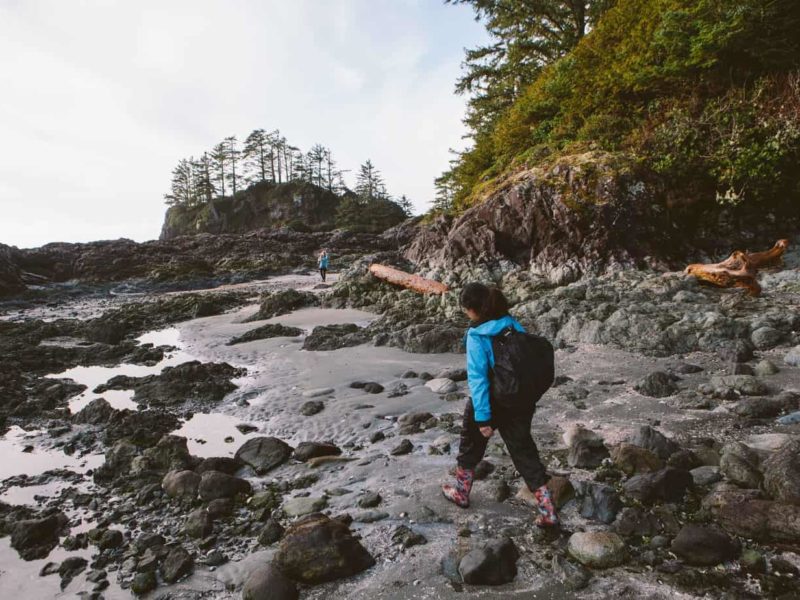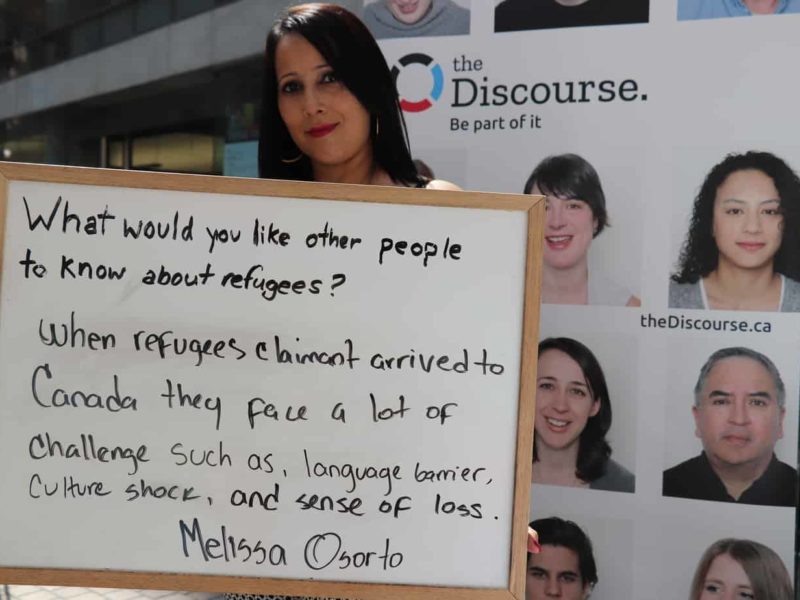
Environment and sustainability have featured prominently in major media lately — from Canadian politicians sparring over the Trans Mountain pipeline expansion, to U.S. President Trump skipping sessions on climate change at last month’s G7 meeting.
Looking beyond politicians and headlines, you might be surprised who else is writing policy recommendations, hosting panels, and pushing for action and accountability — youth.
My name is Brenna, and I’m an intern at The Discourse. I’ve spent the summer working on The Discourse’s collaborative Tracking Trans Mountain database. But before I became a journalist, I was a youth delegate at three United Nations climate conferences (known as the Conference of Parties, or COP). So for this week’s newsletter, I want to share perspectives from youth who are pushing to be part of high-level conversations on climate, environment, and the Sustainable Development Goals.
History of youth at climate negotiations
At these high level negotiations it can feel like our collective future hangs in the balance. In response, young people have carved out impactful roles. Here’s how youth voices have grown at COP negotiations:
- 1992: At the Rio Earth Summit, 12-year-old Severn Suzuki becomes known as “the girl who silenced the world for 5 minutes” for her plea on behalf of future generations.
- 2005: The first Conference of Youth (COY) takes place. Every year, COY brings hundreds of international youth together to build capacity before official negotiations begin.
- 2009: Youth-led NGOs gain official status as observers. The same year, youth launch Young and Future Generations Day to push for more ambitious emissions reduction targets and raise the profile of youth leadership at COP.
- 2015: At the COP 21 negotiations in Paris, youth successfully fight to keep a nod to intergenerational equity in the Paris Agreement, which succeeded the Kyoto Protocol.
COP negotiations are perhaps the most high profile, but there are many more environment and sustainability forums happening around the world where youth are making their voices heard.
Youth at the table right now
Right now, the United Nations High Level Political Forum on Sustainable Development (HLPF), is taking place in New York. It’s a forum for governments and civil society to assess progress on the UN’s 2030 Agenda for the SDGs. I spoke to three young people attending the HLPF about why they think youth should have a seat at the table.
Katelyn Ling: Without youth, the HLPF “wouldn’t be inclusive,” says 23-year-old Katelyn Ling, who studied community development and food systems planning at UBC. “They would be failing as a forum, especially when ‘leave no one behind’ is something they’re highlighting. To actually have youth provide their real-life experiences and to critique views and the data collected about [us] is critical.”
Candy Lin: “Now is the time to speak out from a youth perspective … because we do have that leverage,” says 22-year-old UBC engineering student Candy Lin. “I think it’s really important to view the world as a complex system and to solve problems through a systems-thinking perspective. In order to do that you need to have representation from all different parts of a system. That includes youth as well.”
Landon Reeves: “I think we definitely bring a different viewpoint … There’s a lot more thinking ahead about how our actions today are going to impact the future,” says 21-year-old Landon Reeves, an engineering student at SFU. “Oftentimes in dealing with adults … you’re expected to kind of speak for all youth. I can speak for a very, very small sliver of the experiences … and it’s not fair to get me to represent everyone.”
Katelyn, Candy, and Landon are among a group of 17 young people who spent nearly three months preparing for the HLPF in an SDGs “bootcamp” run by the BCCIC. Once they’re back home, they’ll undertake self-directed work engaging the public around the SDGs, with a focus on Vancouver’s upcoming municipal election.
ICYMI: Canada and the SDGs
- Coinciding with the HLPF, Canada released its first-ever national review of its progress — and hurdles — in implementing the 17 SDGs.
- A shadow report by the BCCIC expresses disappointment that “neither [civil society organizations] nor youth in Canada have been meaningfully engaged in the lead-up and involvement at the HLPF.”
- A new online tool from the Sustainable Development Solutions Network finds Canada is on-track to meet just four of the 17 goals by 2030.
Share your stories
Have you seen youth have an impact on the SDGs? Are you a young person pushing for change? Go to our Facebook and Twitter to share stories — use the hashtag #SustainableDiscourse. [end]
If you’d like to receive the next sustainability newsletter, sign up here.



